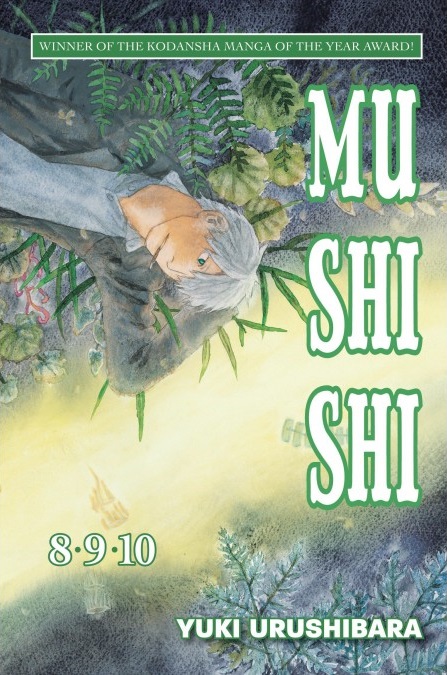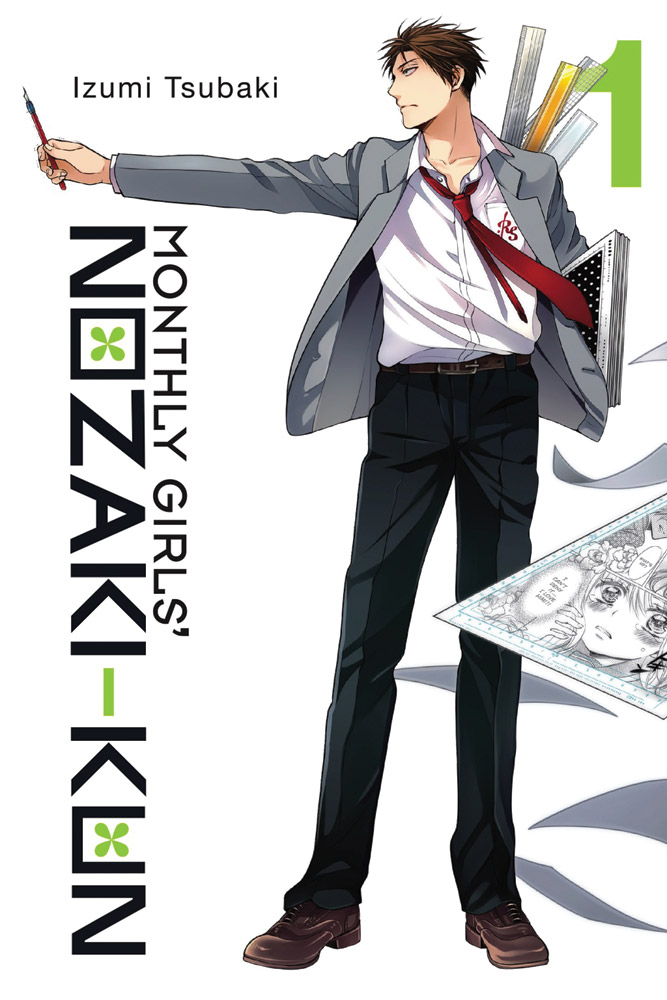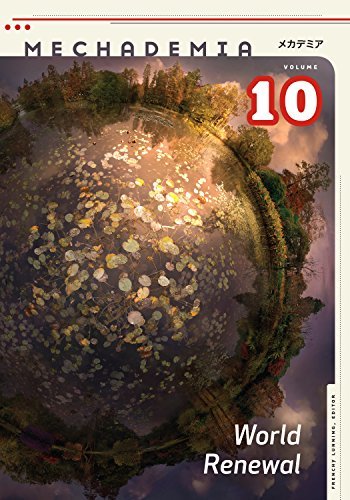My News and Reviews I managed to post two in-depth manga reviews at Experiments in Manga last week, though it looks like I'll only be posting one this coming week since taiko will be keeping me …
Continue Reading about My Week in Manga: March 14-March 20, 2016 →




